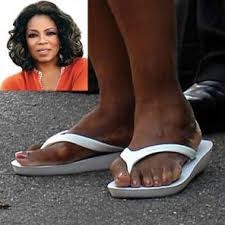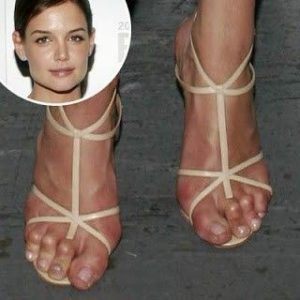Bunion Blues – You’re Not Alone
Guess who’s Bunion?



As you can see many people suffer from bunions – famous or not. They can be unsightly, frustrating to fit into footwear but most importantly they can be painful and debilitating preventing you from doing what you want to do. So, what are bunions, what causes bunions and what treatments are available? ProMed Podiatry’s Podiatrist Raechel Farquharson talks about “The Bunion”.
What is a Bunion?
Bunions are a common name for arthritic changes to the big toe joint. They present as a bony lump at the ball of the foot around the big toe. The deformity causes the big toe to deviate towards the smaller toes and can often cause deformity of the second toe. Bunions can be hereditary or acquired.

What can cause a Bunion?
Common causes of bunions include:
- Hereditary due to the foot type and biomechanics that is passed on from parent to child. Commonly, these individuals exhibit excess pronation, that is, rolling in of the foot. This causes instability and increased pressure on the big toe.
- Ill-fitting shoes. High heels and tight shoes are common offenders. These can cause excess joint load leading to degeneration of the joint and deformity.
- Arthritis can predispose an individual to develop a bunion, particularly rheumatoid and psoriatic arthritis.
- Trauma to the area, usually many years prior, can start arthritic changes to joint and in turn, develop into a bunion.
A bunion takes many years to develop. Interestingly, the people who experience more internal joint pain have the least visible deformity. As the bunion worsens, there is a less internal joint pain but a more external pain from pressure from footwear and socks. At this advanced stage, there may also be deformity of the adjacent toes, an increased load on the ball of the feet resulting in corn and callous development, reduced balance, increased risk of falls and difficulty finding appropriate fitting footwear. Additionally, the poor foot mechanics can cause secondary issues within the feet as well as within the legs and back due to postural and shock absorbing changes.

What treatments can ProMed provide for Bunions?
Unfortunately, once a bunion occurs the only corrective option is surgery. Surgery is always a last resort and the Foot & Ankle Orthopaedic Specialists we work closely with encouraging clients to try all Podiatric management techniques prior to considering surgery.
At ProMed, we take a global approach to the management of bunions. These therapies not only can help with pain but also with slowing the progression of the deformity.
Our consultation for bunions include:
- Assessment of the bunion, foot and lower limb (biomechanical assessment)
- Assessment of your walking and running style (gait assessment)
- Footwear assessment, review and prescription
- Individually tailored stretching and strengthening program
- Night and day splints
- Customised and pre-fabricated interdigital devices
- Deflective devices
- Orthotic prescription (if required)
The earlier a bunion is treated the better outcome can be achieved. Early detection of people at risk of developing a bunion will prevent complications such as pain and possibly surgery in the future.
Please contact our friendly staff for to book an appointment for a bunion assessment on 07 5522 1230 or Book Online.
